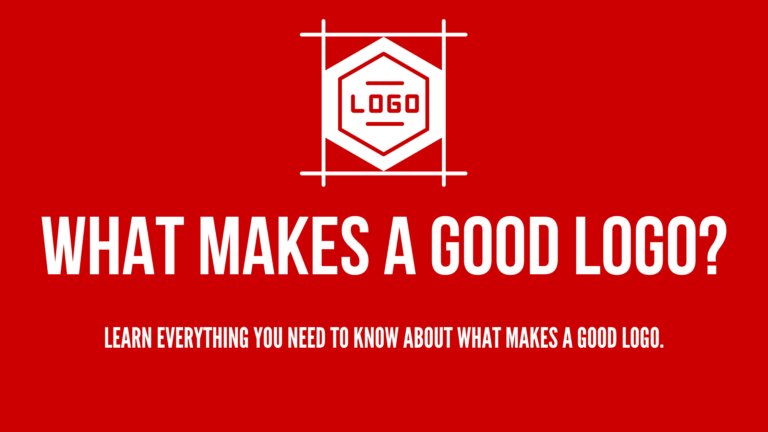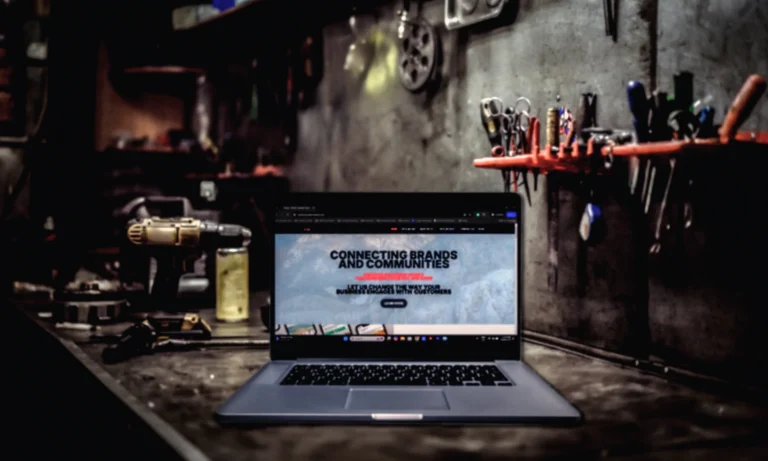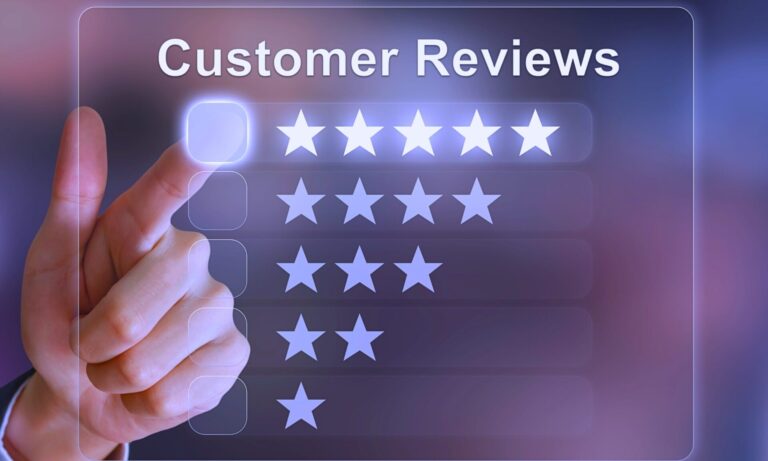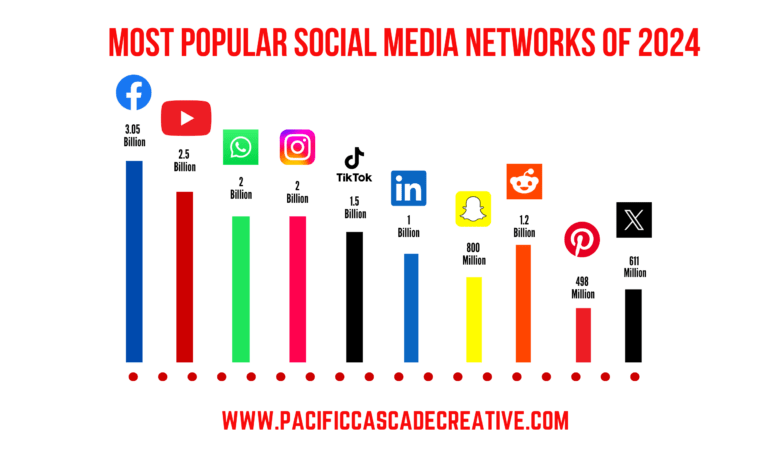

Domain 101: Everything You Need To Know About Domains
When it comes to the online world, a domain name is your digital identity. Whether you’re launching a personal blog, an eCommerce store, or a business website, your domain’s are often the first impression visitors will have of your brand.
Here, we’ll break down everything you need to know, from what they are to why they matter and how to get your own name.
What Is a Domain?
It is the unique address of your website on the internet. It’s what users type into their browser to visit your site. Think of it as your digital street address, guiding visitors to your online storefront.
Key Components
Top-Level Domain (TLD): The extension at the end of a name, such as .com, .org, .net, or .ca.
Second-Level Domain (SLD): The name chosen by you, such as pacificcascade in pacificcascade.com.
Subdomain (Optional): A prefix to the main domain, like blog.yoursite.com.
How Domain’s Work
When someone types your name into a browser, the browser communicates with a Domain Name System (DNS) server to find the associated IP address. This process connects the user to your website.
Why The Name Matters
Your site name is more than just an address; it’s part of your branding. Here’s why it’s important:
First Impressions: A memorable and professional site name helps establish trust and credibility.
SEO Benefits: A well-chosen name can contribute to your search engine rankings if it contains relevant keywords.
Brand Identity: Your name reinforces your brand’s message and makes it easier for customers to remember you.
Accessibility: A unique ID allows customers to find you quickly online without confusion.
How to Choose the Perfect Domain
Choosing the right name can make or break your online presence. Follow these guidelines:
Keep It Simple
Shorter names are easier to remember and type. Avoid complicated spellings or hyphens.
Make It Memorable
A unique and catchy url stands out. Try to align your domain’s with your brand name.
Use Relevant Keywords
For example, a plumbing business could use a name like cityplumbing.com. Be mindful of not overloading with keywords.
Choose the Right TLD
.com is the most popular and widely recognized. Consider location-based TLDs like .ca for Canada or .uk for the UK if you operate regionally. Industry-specific TLDs like .shop or .tech can also be beneficial.
Check for Trademarks
Avoid legal issues by ensuring your name doesn’t infringe on trademarks.
Where to Buy
You can them through registrars, companies authorized to sell and manage names. Here are some popular registrars:
GoDaddy: Known for its wide selection and frequent discounts.
Namecheap: Affordable and user-friendly, with free privacy protection.
Bluehost: Ideal for bundling with web hosting.
When choosing a registrar, consider features like:
1.Pricing transparency.
2.Included services like DNS management and privacy protection.
3.Ease of use.
How Much Does It Cost?
The cost varies based on factors like TLD, registrar, and whether it’s a premium name.
Typical Costs
Standard Domains: Around $10–$20/year for common TLDs like .com.
Premium Domains: Popular or short domains can cost hundreds or even thousands of dollars.
Renewal Fees: Often higher than initial registration fees.
Additional costs may include:
Privacy: Hides your personal information from WHOIS databases, typically $10–$15/year.
Add-Ons: Email hosting or SSL certificates.
How to Register
Search for Availability: Use a registrar’s search tool to find a name that isn’t already taken.
Register Your Business: Provide your contact information, choose your registration period (typically 1–10 years), and pay.
Set Up DNS Records: Link your domain to your website hosting provider.
Tips for Management
Enable Auto-Renewal: Avoid losing your name by ensuring it renews automatically.
Update Contact Information: Keep your details current to maintain control of your name.
Monitor Expiration Dates: Expired I.D’s can be purchased by others.
Common Mistakes to Avoid
Ignoring TLD Alternatives: Sometimes a .net or .org is a better fit if .com is unavailable.
Overpaying for Premium Names: Ensure the cost is justified by potential ROI.
Choosing a Confusing Name: Avoid names that are hard to spell or pronounce.
Advanced Topics: Auctions and Backordering
Auctions: Premium or expired domains are often auctioned to the highest bidder.
Backordering: A service that attempts to secure a name the moment it becomes available.
Conclusion
Your site name is a foundational element of your online presence. From choosing the perfect one to understanding costs and registration, investing time in your strategy is crucial. A great name doesn’t just represent your business; it becomes an integral part of your brand’s identity.
Looking for help setting up your domain’s and building a website that converts?
Pacific Cascade Creative specializes in creating stunning, effective digital profiles.
Contact us today to get started!






